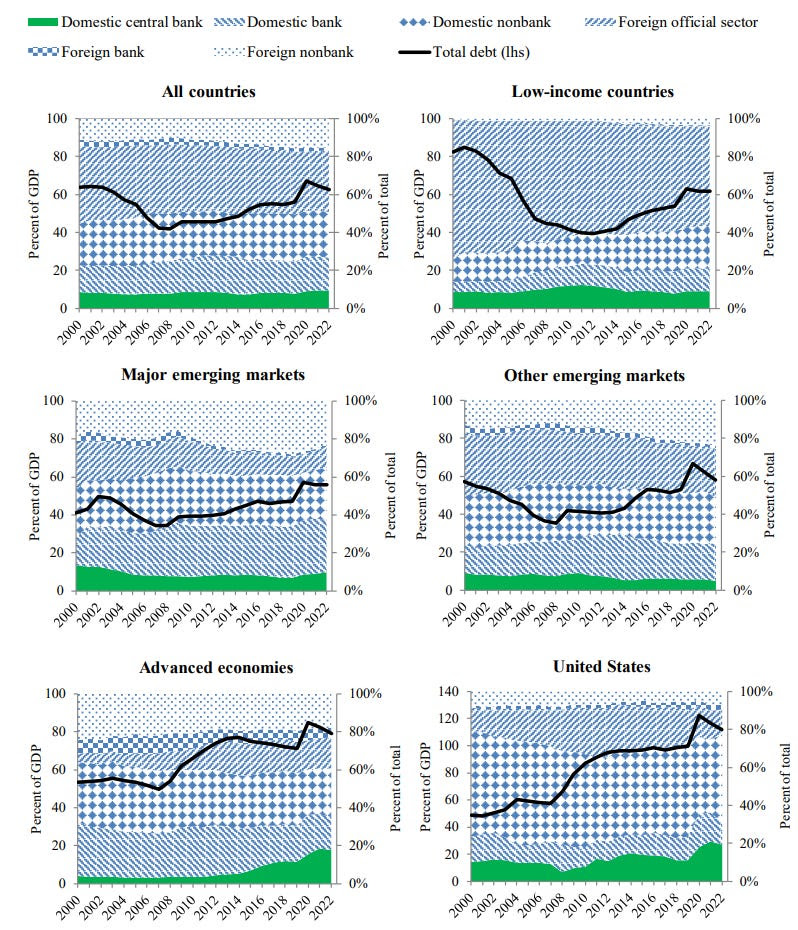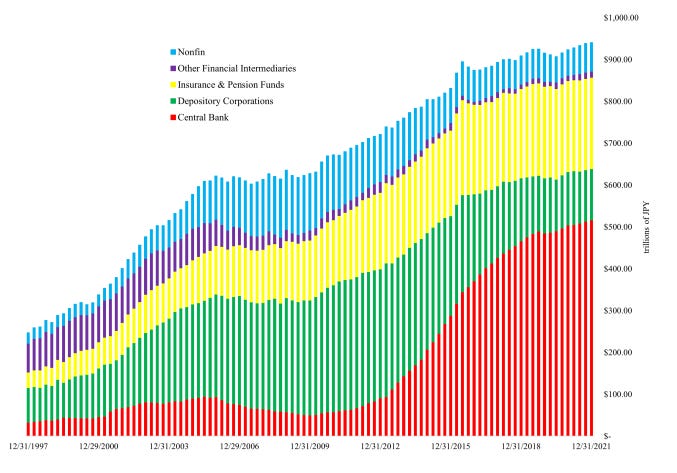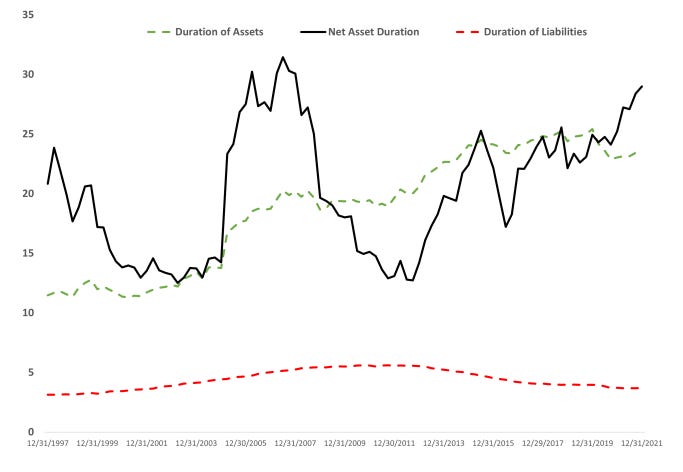Gianni78bari
Nuovo Utente
- Registrato
- 16/2/17
- Messaggi
- 151
- Punti reazioni
- 32
Un paio di anni fa e oltre, avevo cominciato a scrivere qui sul forum di opzioni, Black and Scholes et similia.
Riparto da qui, da zero, nel senso che ampio il discorso cominciando dalla base e mettendo mattone su mattone quello che è ad oggi un work in progress e sempre lo sarà, come in ogni cosa della vita.
Negli anni ho maturato l'idea che il mercato è come una bella donna, e qui ognuno può pensare al suo modello di bellezza; da un casuale incrocio di sguardi per strada, scatta l'episodio pilota, che il più delle volte è una "sega mentale" perchè lei magari neanche ti ha inquadrato e sta pensando ai suoi problemi di stitichezza.
Se poi l'incrocio è ripetuto nel tempo sul tram o nella metropolitana il pilota diventa una serie tv da 20 stagioni, tanto più lunga quanto più sfigato sei.
Siamo ancora alla prima fase quando si comincia ad osservare come si muovono indici, azioni, obbligazioni, cfd, gratta e vinci ecc. ecc. che sembrano essere lì pronti a "darla", in particolare a noi.
E se capita che attacchi bottone, lei si fa offrire un caffè e vi scambiate il numero, a quel punto quanti più problemi, inesperienza, insoddisfazione, insicurezze hai, tanto più ci perdi la testa, illudendoti di fare la cosa giusta, rimettendoci tutto senza avere nulla in cambio.
Su questa dinamica si basano ad esempio le truffe online, quelle in cui un profilo fake femminile su un qualunque social ne contatta uno maschile e manipola il soggetto fino a farsi bonificare decine di migliaia di euro, senza nemmeno che i due si incontrino mai (per lavoro sono venuto a conoscenza diretta di più di un caso di adescamento virtuale e "dal vivo").
Se ci si ferma un attimo a pensarci, succede lo stesso coi mercati, ed il fatto che la dinamica di cui sopra sia appannaggio prettamente dell'universo maschile, potrebbe essere una possibile spiegazione del perchè sui vari gruppi telegram, forum eccetera sul tema trading, le donne siano una rarità.
Fatta questa premessa, la naturale conseguenza è che se si vuole investire bisogna essere attrezzati di consapevolezza, esperienza, competenza e capitali perchè nessuno dà niente in cambio di niente.
Parto quindi proprio da cosa significa diventare "esperti" nel mondo dell'investimento, se questo è davvero possibile farlo e in che modo.
E' un post aperto nel senso che non dà una risposta definitiva ma degli elementi che vogliono essere il più oggettivi possibile; è l'approccio che seguirò andando avanti, cioè concetti rielaborabili individualmente per poter maturare quella consapevolezza di cui c'è bisogno. Questo è un punto importante perchè spesso chi fa analisi di mercato le fa in modo da vendere la sua visione del mondo a prescindere dalla suo oggettività. Può farlo inconsapevolmente o in mala fede, ma il risultato è sempre lo stesso per chi le legge.
Utilizzo substack per raccogliere i post che è la piattaforma migliore sotto tutti i punti di vista.
Sono in inglese, ma l'inglese scritto da un italiano è comprensibile per tutti.
Is it really possible to become an expert trader/investor?
Riparto da qui, da zero, nel senso che ampio il discorso cominciando dalla base e mettendo mattone su mattone quello che è ad oggi un work in progress e sempre lo sarà, come in ogni cosa della vita.
Negli anni ho maturato l'idea che il mercato è come una bella donna, e qui ognuno può pensare al suo modello di bellezza; da un casuale incrocio di sguardi per strada, scatta l'episodio pilota, che il più delle volte è una "sega mentale" perchè lei magari neanche ti ha inquadrato e sta pensando ai suoi problemi di stitichezza.
Se poi l'incrocio è ripetuto nel tempo sul tram o nella metropolitana il pilota diventa una serie tv da 20 stagioni, tanto più lunga quanto più sfigato sei.
Siamo ancora alla prima fase quando si comincia ad osservare come si muovono indici, azioni, obbligazioni, cfd, gratta e vinci ecc. ecc. che sembrano essere lì pronti a "darla", in particolare a noi.
E se capita che attacchi bottone, lei si fa offrire un caffè e vi scambiate il numero, a quel punto quanti più problemi, inesperienza, insoddisfazione, insicurezze hai, tanto più ci perdi la testa, illudendoti di fare la cosa giusta, rimettendoci tutto senza avere nulla in cambio.
Su questa dinamica si basano ad esempio le truffe online, quelle in cui un profilo fake femminile su un qualunque social ne contatta uno maschile e manipola il soggetto fino a farsi bonificare decine di migliaia di euro, senza nemmeno che i due si incontrino mai (per lavoro sono venuto a conoscenza diretta di più di un caso di adescamento virtuale e "dal vivo").
Se ci si ferma un attimo a pensarci, succede lo stesso coi mercati, ed il fatto che la dinamica di cui sopra sia appannaggio prettamente dell'universo maschile, potrebbe essere una possibile spiegazione del perchè sui vari gruppi telegram, forum eccetera sul tema trading, le donne siano una rarità.
Fatta questa premessa, la naturale conseguenza è che se si vuole investire bisogna essere attrezzati di consapevolezza, esperienza, competenza e capitali perchè nessuno dà niente in cambio di niente.
Parto quindi proprio da cosa significa diventare "esperti" nel mondo dell'investimento, se questo è davvero possibile farlo e in che modo.
E' un post aperto nel senso che non dà una risposta definitiva ma degli elementi che vogliono essere il più oggettivi possibile; è l'approccio che seguirò andando avanti, cioè concetti rielaborabili individualmente per poter maturare quella consapevolezza di cui c'è bisogno. Questo è un punto importante perchè spesso chi fa analisi di mercato le fa in modo da vendere la sua visione del mondo a prescindere dalla suo oggettività. Può farlo inconsapevolmente o in mala fede, ma il risultato è sempre lo stesso per chi le legge.
Utilizzo substack per raccogliere i post che è la piattaforma migliore sotto tutti i punti di vista.
Sono in inglese, ma l'inglese scritto da un italiano è comprensibile per tutti.
Is it really possible to become an expert trader/investor?








